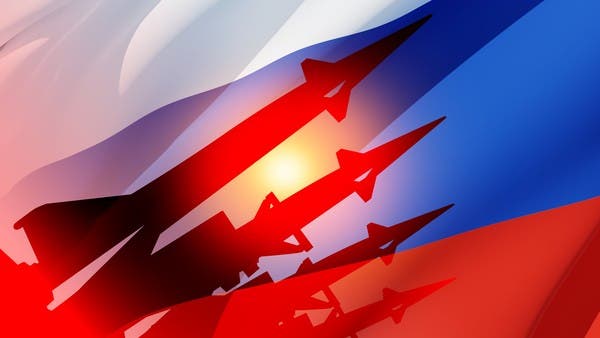All political circles are now debating the possibility of a nuclear conflict, especially in light of recent developments in the Russian-Ukrainian conflict and Russian President Vladimir Putin’s nuclear weapons threat.
Millions of people throughout the world were horrified by President Putin’s warnings, which some experts and analysts referred to as a “hoax” and a last-ditch effort by Putin to intimidate his opponents after his forces suffered significant losses in Ukraine.
Several experts were consulted by the Daily Beast regarding their predictions of what would occur if Putin opted to use nuclear weapons in this situation.
Putin has three plans for utilising his 6,000 nuclear warheads, according to Vitaly Fedchenko, a senior researcher and expert in strategic weapons technology and nuclear energy at the Stockholm International Peace Research Institute.
In the first scenario, Russia detonates a small nuclear bomb over Ukraine at a great height, sending an electromagnetic pulse that might hit Kiev and other European nations.
An electromagnetic pulse is a weapon used to harm or destroy electronic equipment. It interferes with the functioning of the equipment and its operating system.
Additionally, the electromagnetic pulse produced by a tiny nuclear weapon explosion at a great height can be potent enough to destroy electronic equipment miles away.
The second option is to carry out low-altitude nuclear explosions that will kill thousands of Ukrainians but have no effect on people in nearby nations.
Implementing a “surface nuclear explosion” or ground-based is the third option.
This explosion occurs above the surface of the earth, and radioactive materials are spread by the wind and dust to other areas and nations, with the potential to wipe out millions of people and destroy infrastructure.
The majority of Russia’s nuclear arsenal consists of long-range missiles. These are the weapons that are frequently linked to nuclear conflict.
Several smaller, less lethal nuclear weapons are also available, and they are designed to hit close-range targets on land or at sea.
Russian President Vladimir Putin’s threats to use nuclear weapons in Ukraine may not be false, according to US Defense Secretary Lloyd Austin.
There are no restrictions on Putin’s conduct, Austin stated in a Sunday night interview with CNN. Although he erred in choosing to attack Ukraine, he is free to make any other choice.
Putin’s comments were deemed “irresponsible” by Austin, who added that “we are not meant to hear these kinds of threats from the leaders of large countries with significant capabilities.”
After threatening to use Russia’s nuclear arsenal to defend Ukrainian territory acquired after illegitimate referendums, Putin was accused last week of “rapping nuclear swords.”
According to the New York Times, White House officials are evaluating how to respond to Putin’s threats, including cutting off Russia from the global economy or launching a military strike, but the most likely answer is a military counterattack. Western-provided conventional weaponry are being used by the Ukrainians.
Putin is likely to delay using nuclear weapons, according to US sources.
Instead, officials have predicted that Russia will launch a campaign of cyber sabotage across Europe, aiming to harm Kyiv’s infrastructure or key Ukrainian leaders.
Putin’s nuclear threat may be intended to frighten the West into reconsidering its backing for Ukraine or to make Kyiv negotiate from a position of weakness.
There are three probable nuclear outcomes. What if Putin decides to follow through on his threat?

